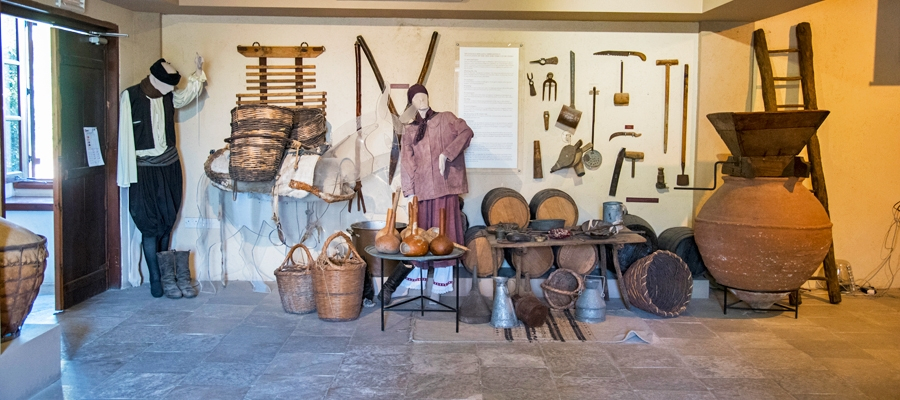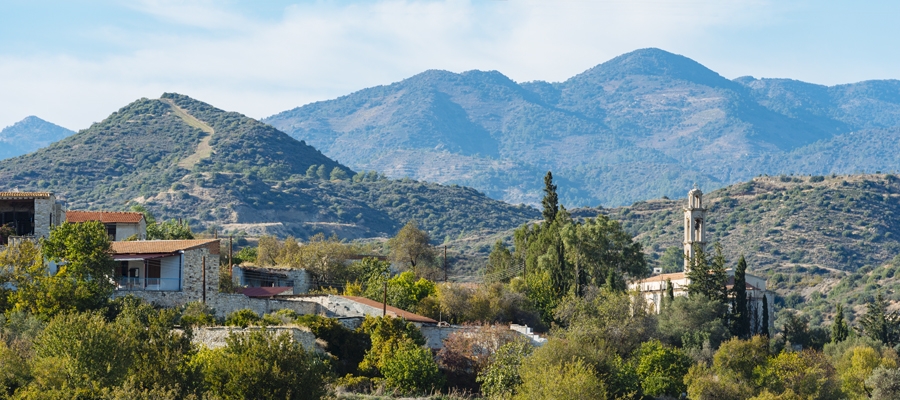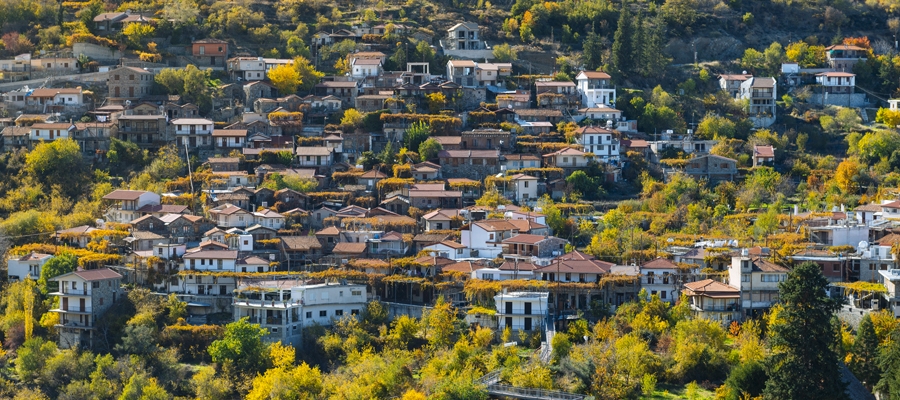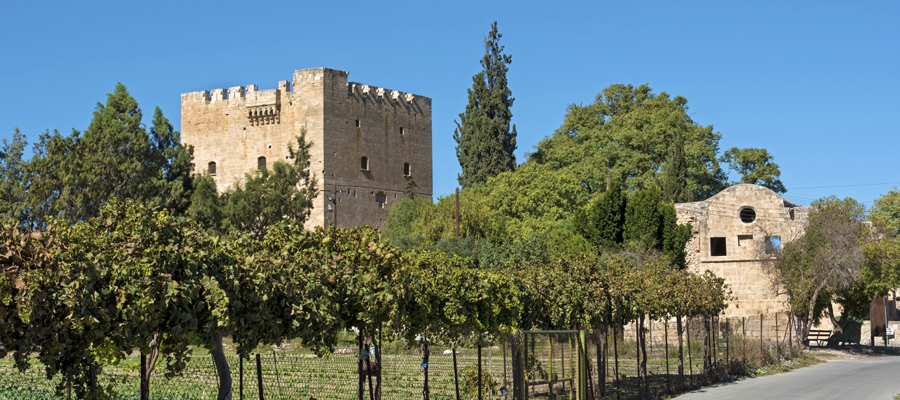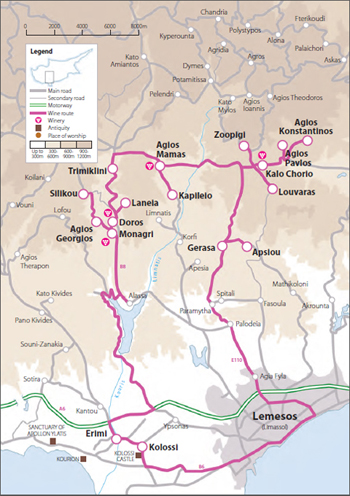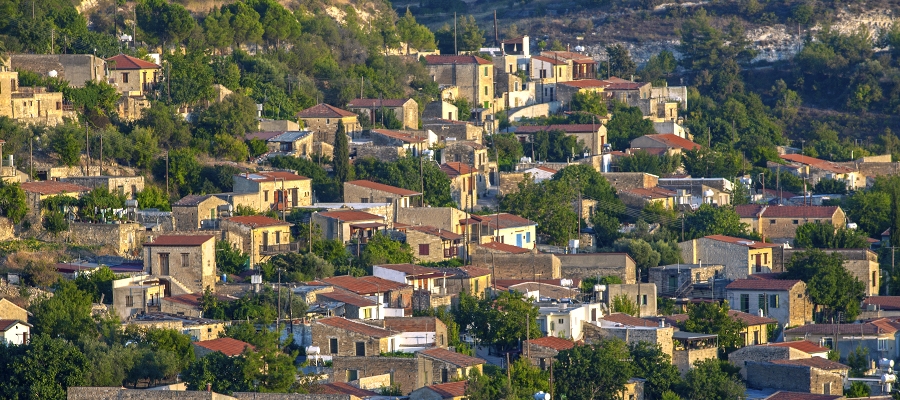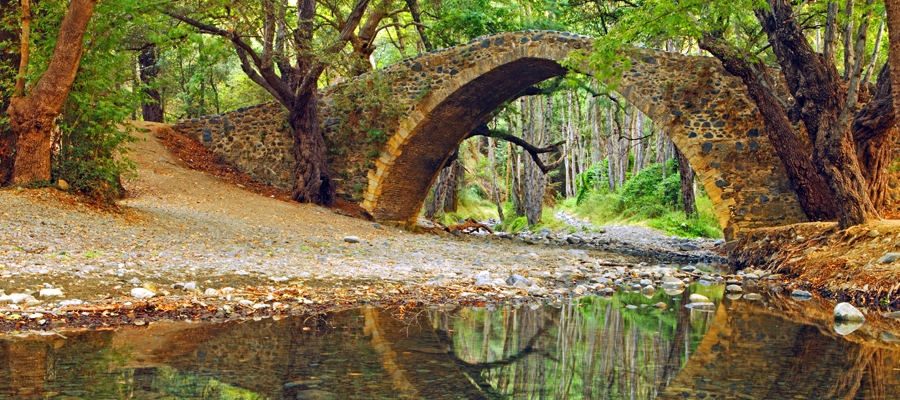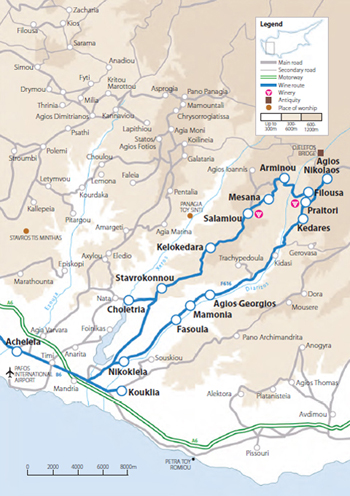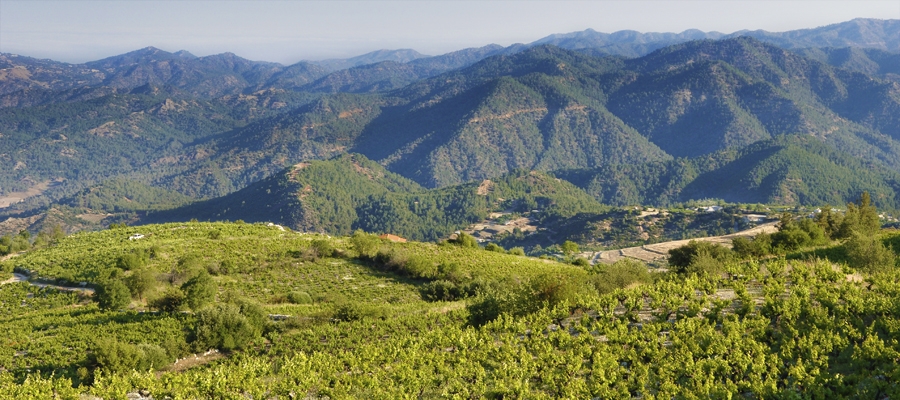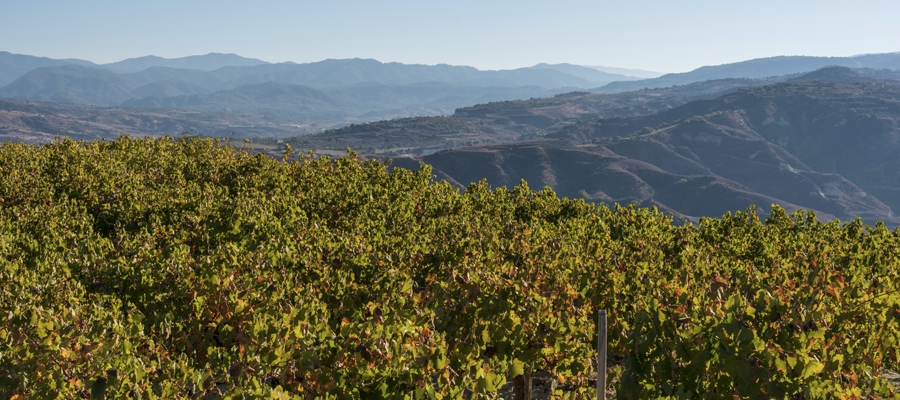The early industrial workshop of Agia Varvara combines a traditional house with the place of work to form an interesting museum that showcases daily life on the island in years past.
The workshop uses the primitive equipment of the 1920s; flour mill, crushed wheat mill, barley mill and oil mill, which all worked with a single engine that distributed motion to the machines according to the owner’s needs through a combination of transmission shafts, wheels and belts. A wine press and loom were also used by the owner’s wife.
| Region: | Lefkosia (Nicosia) |
| Address: | Agia Varvara village, 22km south of Lefkosia |
| Contact No: | Tel: +357 22 521 715 / +357 99 888 070, Fax +357 22 441 150 |
| Operating Hours: |
Wednesday and Saturday: 08:00 – 13:00 Saturday: 15:00 – 18:00 Closed on Sunday. Other visiting times can be arranged by prior appointment by contacting mobile number. |
| Operating Period: |
All year round. Closed on Public Holidays. |
| Opening and closing times as well as entrance fees, are subject to alterations without notice. Visitors are advised to check before visiting. |


